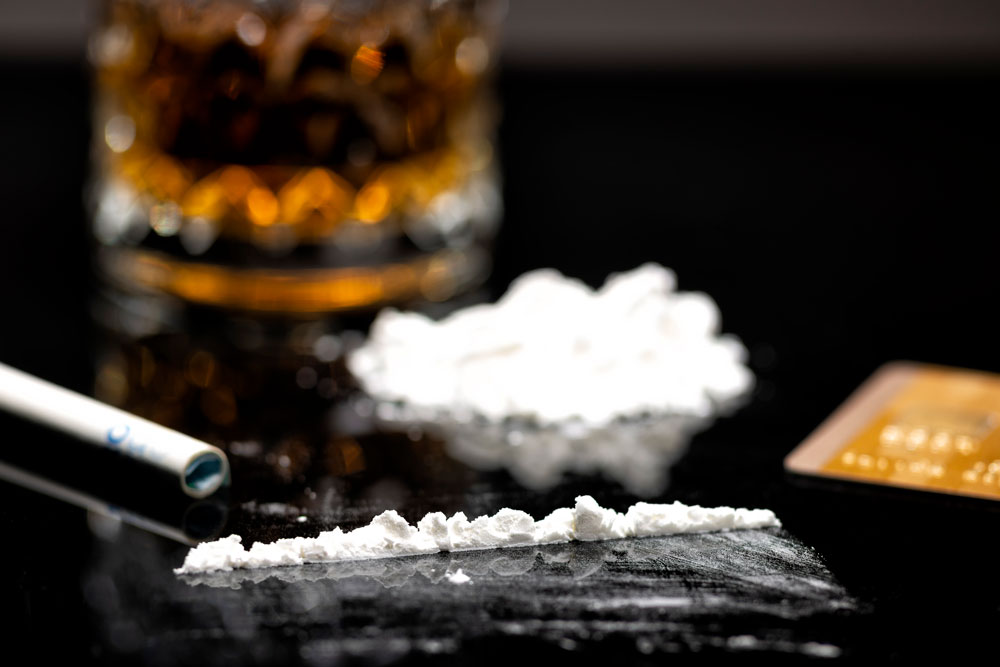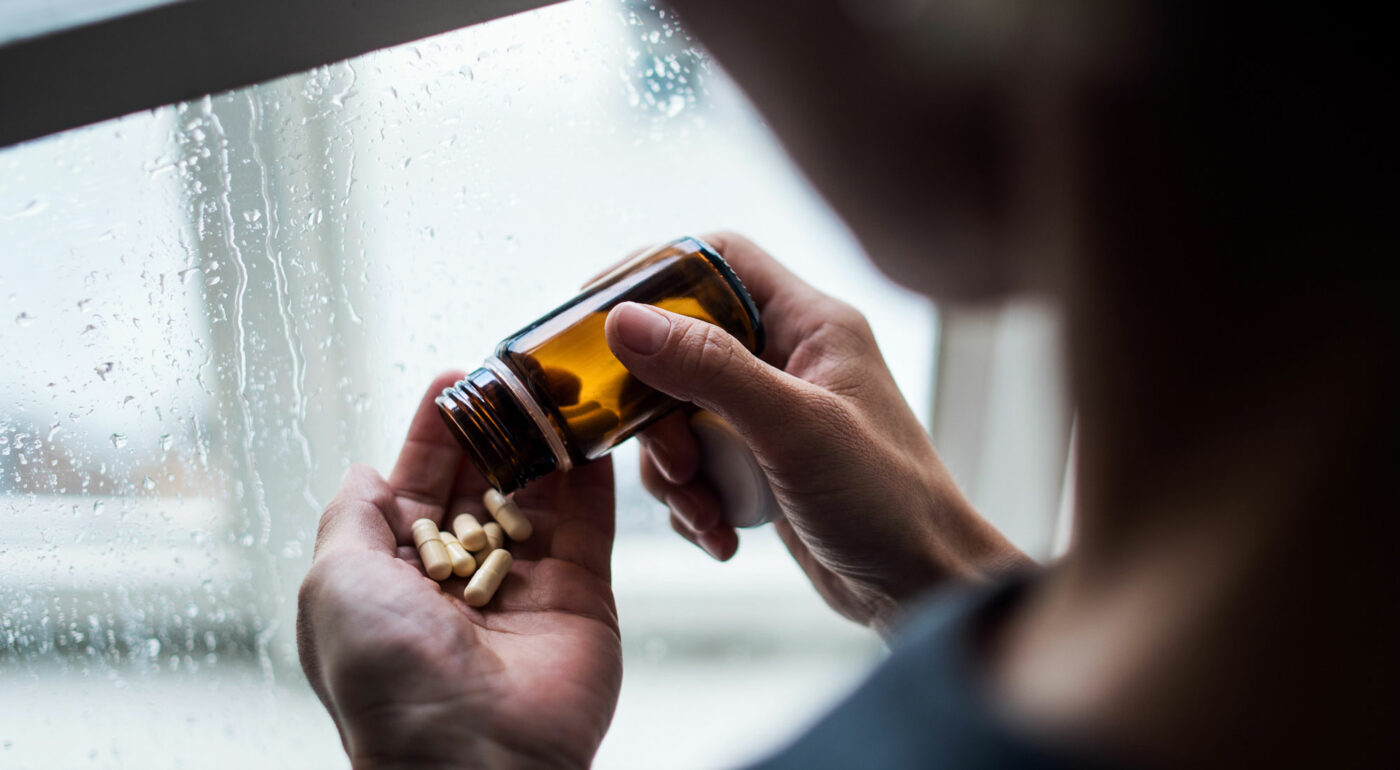By Christa Banister
While it’s tempting to dismiss drug addiction as something that primarily concerns college kids and 20-somethings, recent statistics paint another picture entirely.
Drug addiction doesn’t discriminate. It doesn’t matter your gender, economic status, or whether you live in the city, the suburbs, a small town, or rural area — no one is immune. This issue is so wide-reaching and pervasive that drug control cost the US $35 billion in 2020, according to research from the National Center for Drug Abuse Statistics (NCDAS).
Most recent data also indicated that among all Americans ages 12 and older, 37.3 million are currently using drugs illegally. If alcohol and tobacco use is factored in, that number increases to 165 million or roughly 60.2% of Americans.
While use of illicit drugs generally declines after the teen years and young adulthood, substance abuse disorder isn’t relegated to a younger crowd.
So, who exactly qualifies as someone “currently using drugs illegally?” It’s someone who has used an illegal substance within the last 30 days. While marijuana still remains the prominent gateway or first-use drug, second only to alcohol, the NCDAS reports that prescription stimulants are now tied with marijuana in being used by 46% of drug users.
While use of illicit drugs generally declines after the teen years and young adulthood, substance abuse disorder isn’t relegated to a younger crowd. Nearly 1 million adults 65 and older struggle with a substance abuse use disorder, according to the National Institute on Drug Abuse (NIDA).
Reports also show that single adults were more likely to use tobacco, marijuana, and cocaine than their married counterparts. That didn’t apply to alcohol use, however, according to CBS News reporting.
The Earlier the Use, The More Likely Addiction
While not everyone who ever tries drugs develops an addiction, recent findings published by JAMA Network have shown that adolescents are actually more vulnerable to substance use disorders than young adults.
Within a year of trying marijuana or prescription drugs, teenagers are more likely to become addicted. For example, of the teens who’ve tried opioids, 11.2% became addicted, while the percentage of young adults ages 18 to 24 was 6.9%. Research shared in USA Today has shown the age where drugs are introduced to the body plays a significant role in addiction because the brain is still developing.
In addition to a greater risk of dependency, substance abuse can affect a teen’s growth and development in the short term. But the negative impact of drug addiction doesn’t stop there from a health perspective. Long-term effects that continue into adulthood include sleep disorders, high blood pressure, and heart disease.

When Casual Use Becomes Full-Blown Addiction
Given the prevalence of recreational drug use and drinking in popular television shows, movies, and social media memes, it’s easy to underestimate the effects of substances on physical and mental health.
Unfortunately, the human brain has other ideas. With time and continual use, NIDA says the over-activation of the brain’s reward circuit which produces the high, or escape from reality feeling, needs more and more of the substance to produce a similar effect. The rewiring of the brain makes it increasingly difficult for someone not to use.
Nearly 1 million adults 65 and older struggle with a substance abuse use disorder.
National Institute on Drug Abuse (NIDA).
While someone who struggles with drug addiction may temporarily disguise it better than someone else, what are the signs of drug addiction? How can you know if you or someone you care about may need drug addiction help? A few telltale signs include:
- Lack of energy and motivation
- Weight loss or excessive bloating
- Red eyes
- Dry mouth
- Increased heart rate
- Neglected physical appearance (no longer bathing, grooming, or caring about clothing)
- Marked behavioral changes (being more secretive, agitated, aloof, or unfocused; skipping time with friends or family)
- Financial issues (borrowing money, not paying bills, missing work)
- Decreased coordination and reaction time
- Increase in anxiety or paranoia
- Difficulty with concentration or issues remembering things
- Dangerous behavior (driving under the influence, getting in fights, stealing)
Hope for Those Struggling with Drug Addiction
No matter who you are or what kind of addiction you’re struggling with, hope and healing is possible.
But it’s not a journey that’s best pursued alone. Mood-altering substances are physically and psychologically addictive, which is why it’s so important to seek out the best care to mitigate withdrawal symptoms safely.
At The Meadows Texas, our caring team of experts will customize a plan that focuses on comprehensive healing and address the underlying conditions that may perpetuate substance abuse. Rather than a short-term solution, The Meadows Texas focuses on a time-tested, long-term strategy that puts you in the best place for long-term recovery. Want more information about drug addiction help? Don’t hesitate to reach out now.

